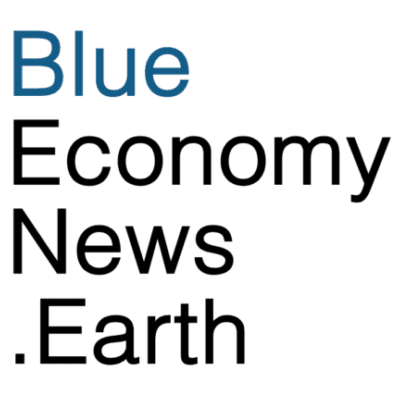Ecuador‘s Sustainable Shrimp Partnership (SSP) and the National Chamber of Aquaculture (CNA) have launched the Energy Working Group, a collaborative platform designed to enhance the shrimp sector’s energy security and to develop a practical, scalable roadmap for its transition to cleaner energy sources.
SSP and CNA, in collaboration with the Corporation for the Promotion of Exports and Investments (CORPEI), started the first phase of their action plan focused on identifying the bottlenecks that limit a faster transition to cleaner energy in shrimp farming areas. Participants, including producers, processors, and feed companies will work toward a regulatory and operational framework to strengthen the sector’s energy reliability.
“The shrimp sector, the country’s main source of foreign exchange and its largest private employer, requires stable and reliable energy to sustain its growth and long-term viability,” said CNA’s Executive President, José Antonio Camposano. “Current demand exceeds the national electricity system’s capacity for generation, transmission, and distribution, and the State alone does not have the resources to meet this need. This is why private investment and close coordination with authorities are essential to advance energy projects. The Energy Working Group is designed to drive these efforts.”
Sustainable Shrimp Partnership (SSP) is a group of leading companies committed to transforming the future of shrimp aquaculture and promoting the highest-quality products, produced under the highest social and environmental standards, through greater collaboration and transparency.
“Transitioning to a cleaner energy matrix is no longer just an environmental commitment, but also a key strategy to strengthen competitiveness and modernize the shrimp sector,” said SSP’s Director, Pamela Nath. “To advance decisively in this transition, it is essential to understand the different realities of the sector, remove identified bottlenecks, and support the process with clear regulatory frameworks and regulatory stability that generate confidence and incentives for investment.”

